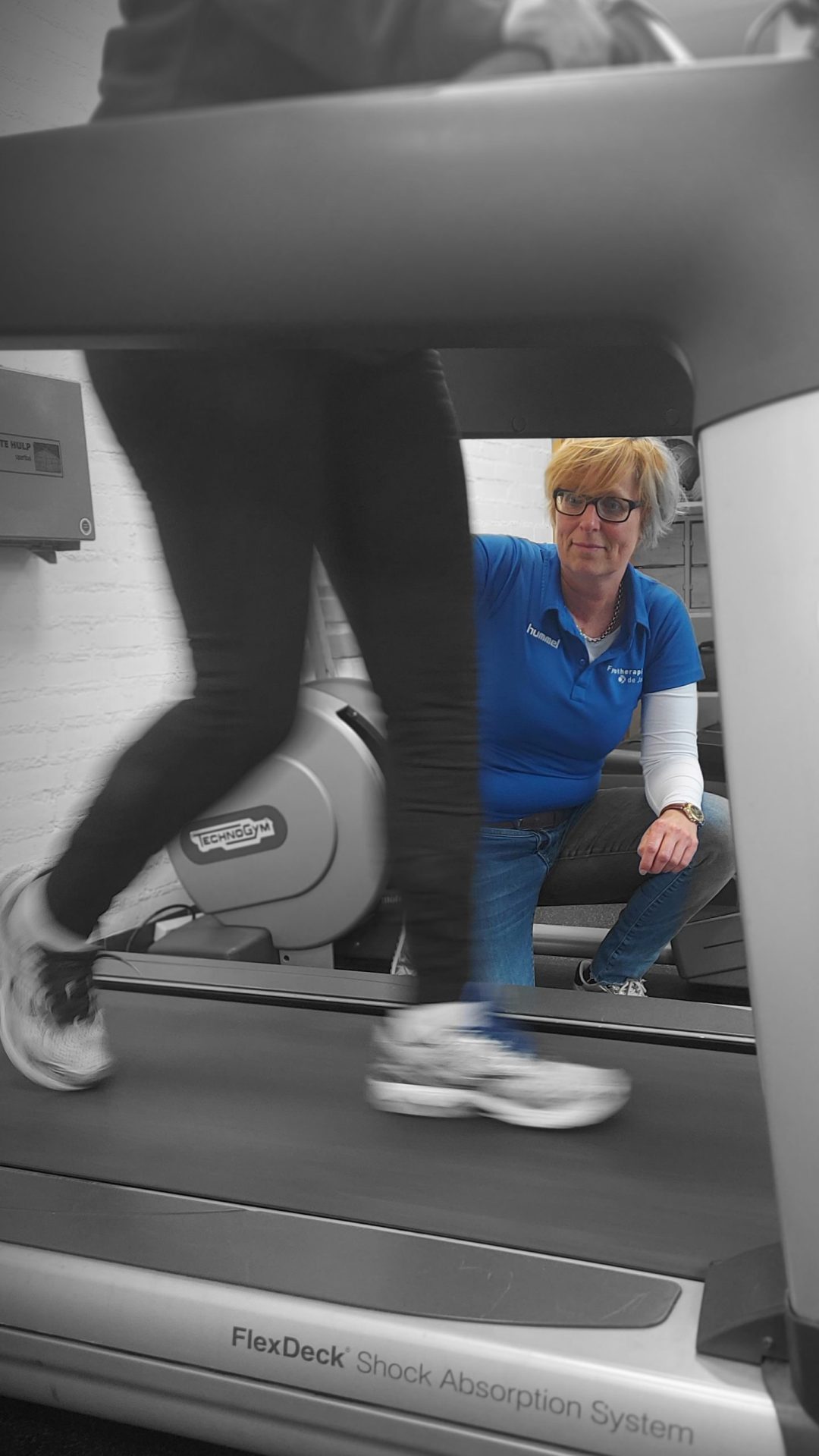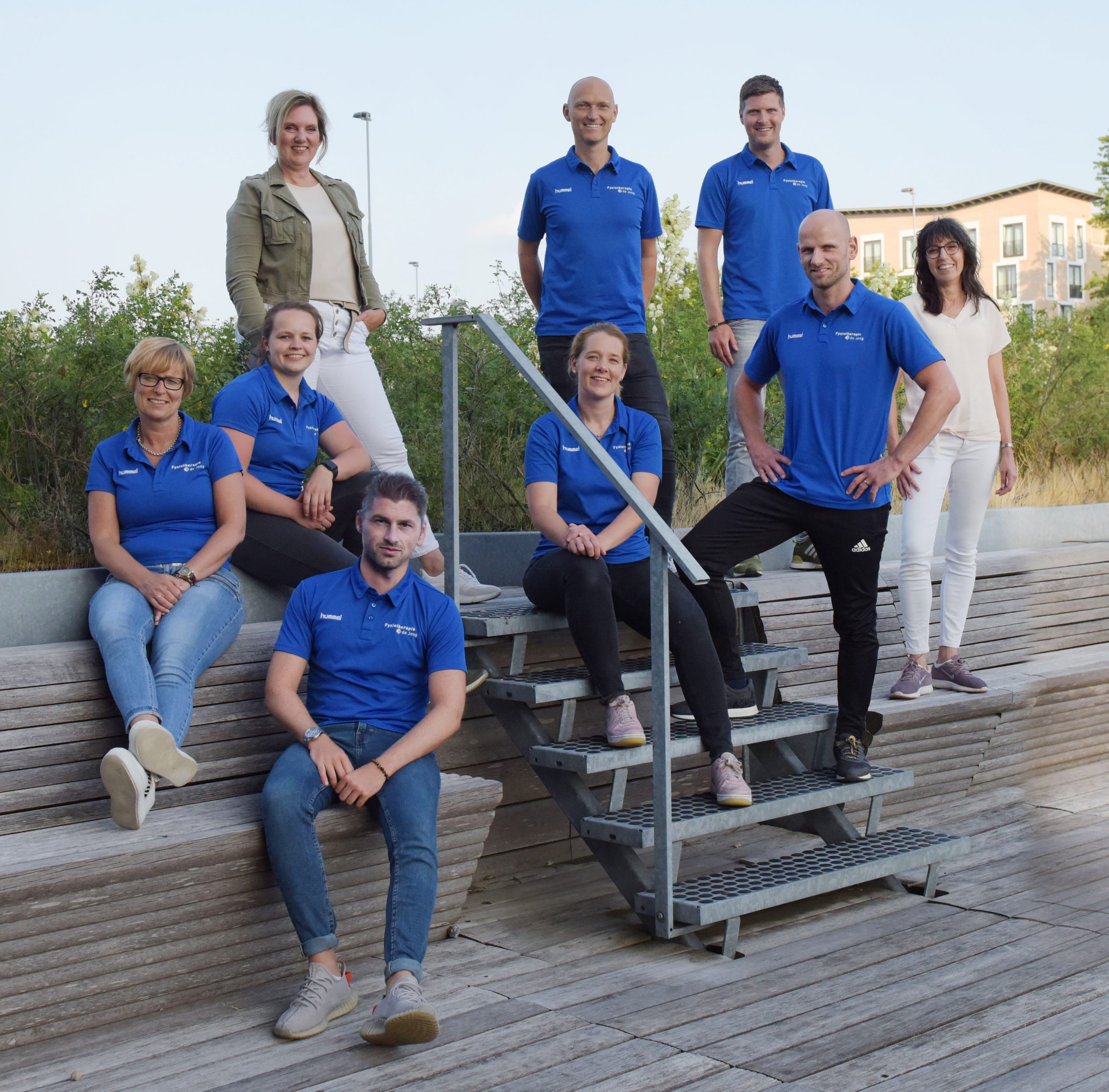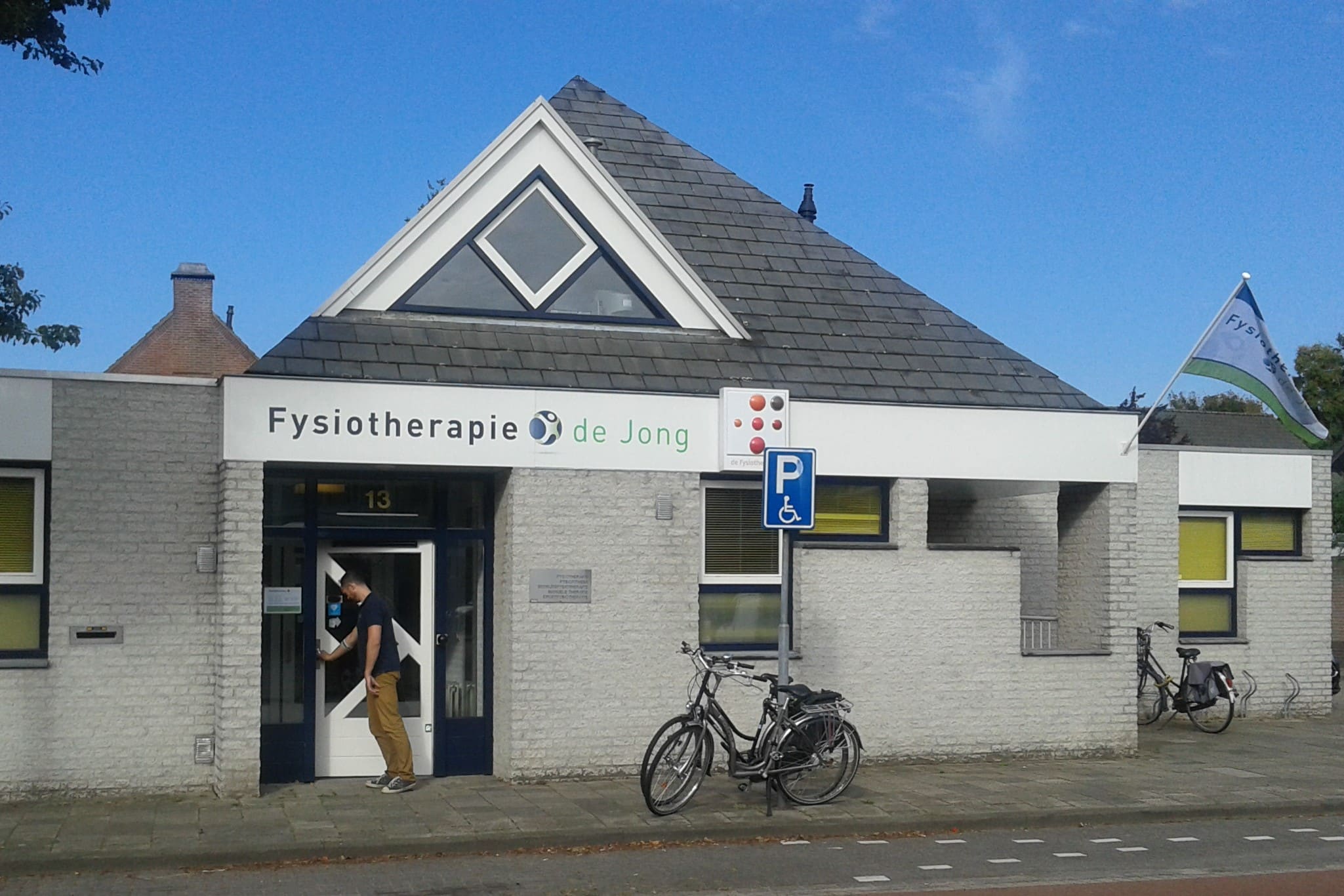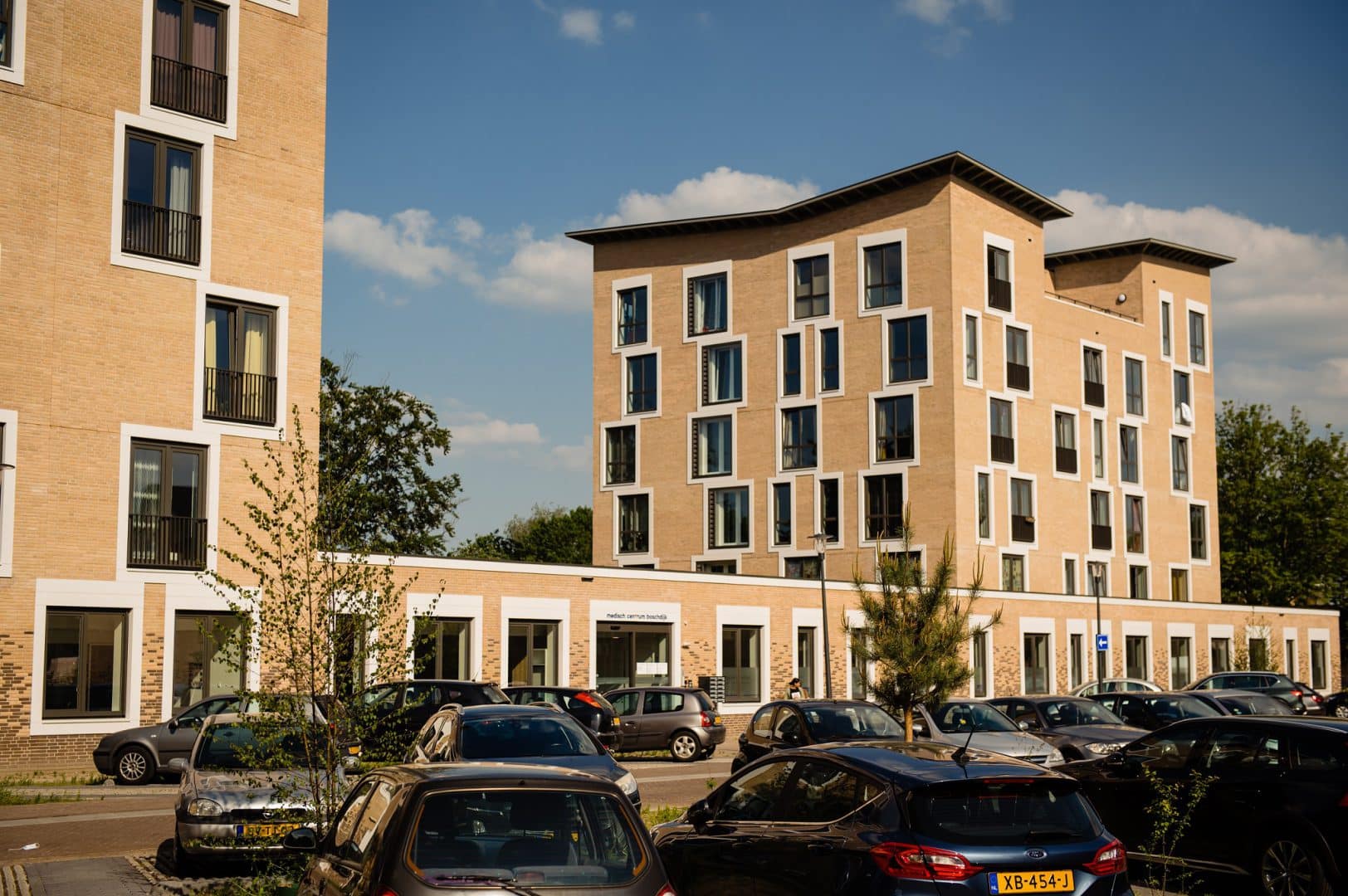When the arteries in the legs become narrower, blood cannot flow through them as quickly. As a result, the muscles in the legs are less quickly supplied with oxygen, among other things. This leads to accelerated acidification in the legs while walking. This acidification can be so painful or annoying that you cannot continue walking. Because of this, people with this condition stop walking every few meters to allow the acidification in the legs to subside. This is why this is also called Peripheral Vascular Disease called. The medical name for Peripheral Vascular Disease is Claudication Intermittens.
Make an appointment?
Select one of the locations below!

The causes of Peripheral Vascular Disease
The symptoms of Peripheral Vascular Disease are caused by atherosclerosis (hardening of the arteries). In this process, a fatty tissue attaches itself to the inside of the arteries; this causes the vessel wall to become thicker and more rigid. The space for blood to flow through becomes smaller. The cause of this arteriosclerosis can be due to:
- raised cholesterol
- hypertension
- diabetes
- overweight
- passive lifestyle
- smoking
So it is important to address the causes of arteriosclerosis. This can be supported with medication, but the most important thing is lifestyle change: stop smoking healthy and varied food and exercise more. A specialized physiotherapist can help you with this. Within Fysiotherapie de Jong this is Natascha Huls. She is affiliated with Chronic Care Network and provides the walking therapy at Peripheral Vascular Disease within our practice. The effect of walking therapy at Peripheral Vascular Disease is that the body itself creates extra blood vessels in the legs to improve blood flow in the legs, this is a natural response to training and also occurs in healthy people when they exercise.
How gait training can contribute to complaints of Peripheral Vascular Disease
walking therapy Physical therapy consists of gait training that is built up slowly, which can reduce walking therapy Peripheral Vascular Disease . At the intake, questionnaires and a walking test are administered. This way the level is determined before starting walking therapy at Peripheral Vascular Disease . These questionnaires and walking test are repeated periodically to monitor the progress of the gait training physical therapy. In the beginning of the therapy, you will be intensively supervised so that walking therapy Peripheral Vascular Disease will actually start to reduce. You start with twice a week and this frequency is slowly reduced to once every few weeks. The intention is that the gait training will completely replace physiotherapy and that you will continue this independently in order to continue the health effects.
In some cases, walking therapy physical therapy icm medication and lifestyle changes do not work sufficiently. Then surgery may be necessary to reduce the symptoms. In that case, there are two options: angioplasty or bypass surgery. With angioplasty, a balloon is inserted into the artery and inflated to stretch the artery a bit. This allows blood to pass more easily again. If this is not possible or the narrowing is too extensive, bypass surgery may be chosen. Then another vein is often taken from the leg to create a bypass around the narrowing, but a plastic version may also be chosen.
walking therapy at Peripheral Vascular Disease is shown to be more effective than surgery, in addition, of course, not operating is safer than operating and it is also cheaper. So walking therapy at Peripheral Vascular Disease is the first choice for treatment.
Please contact us for further questions about running training and/or Peripheral Vascular Disease.




